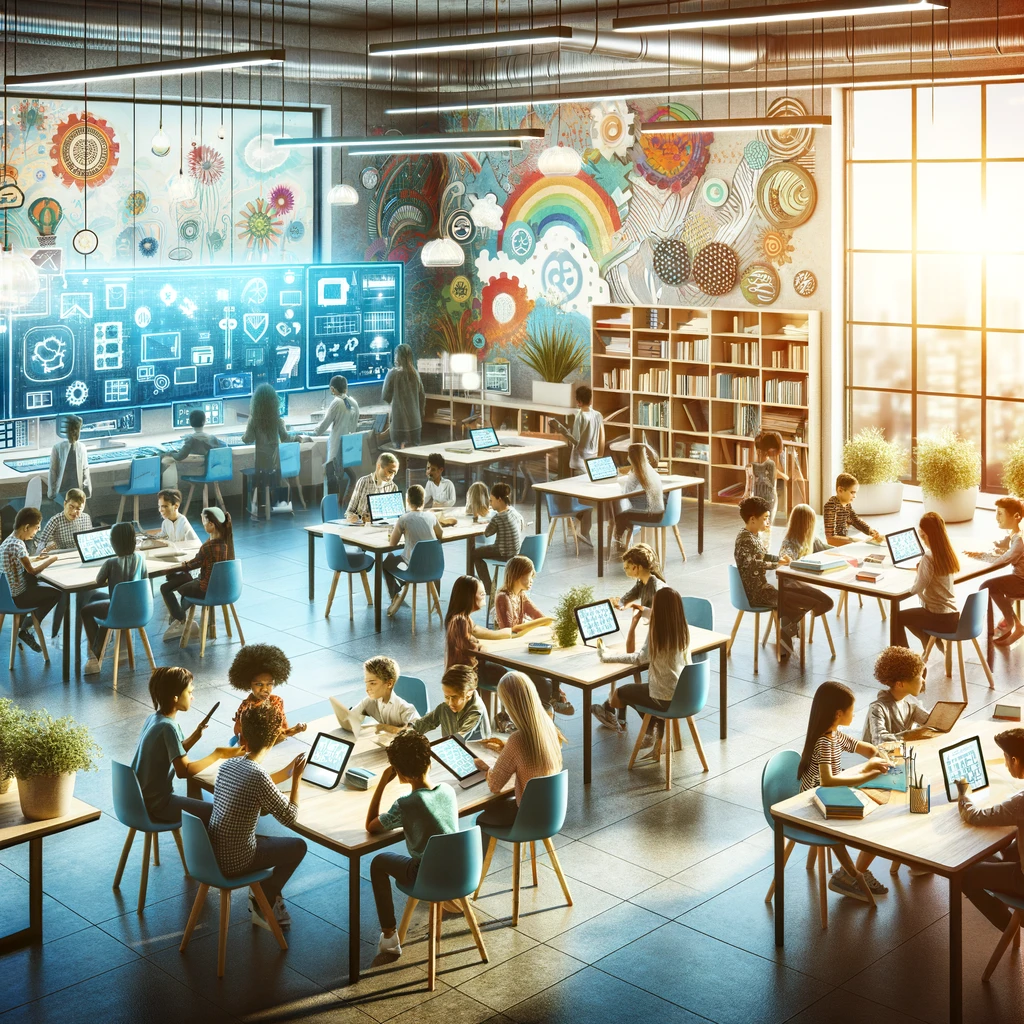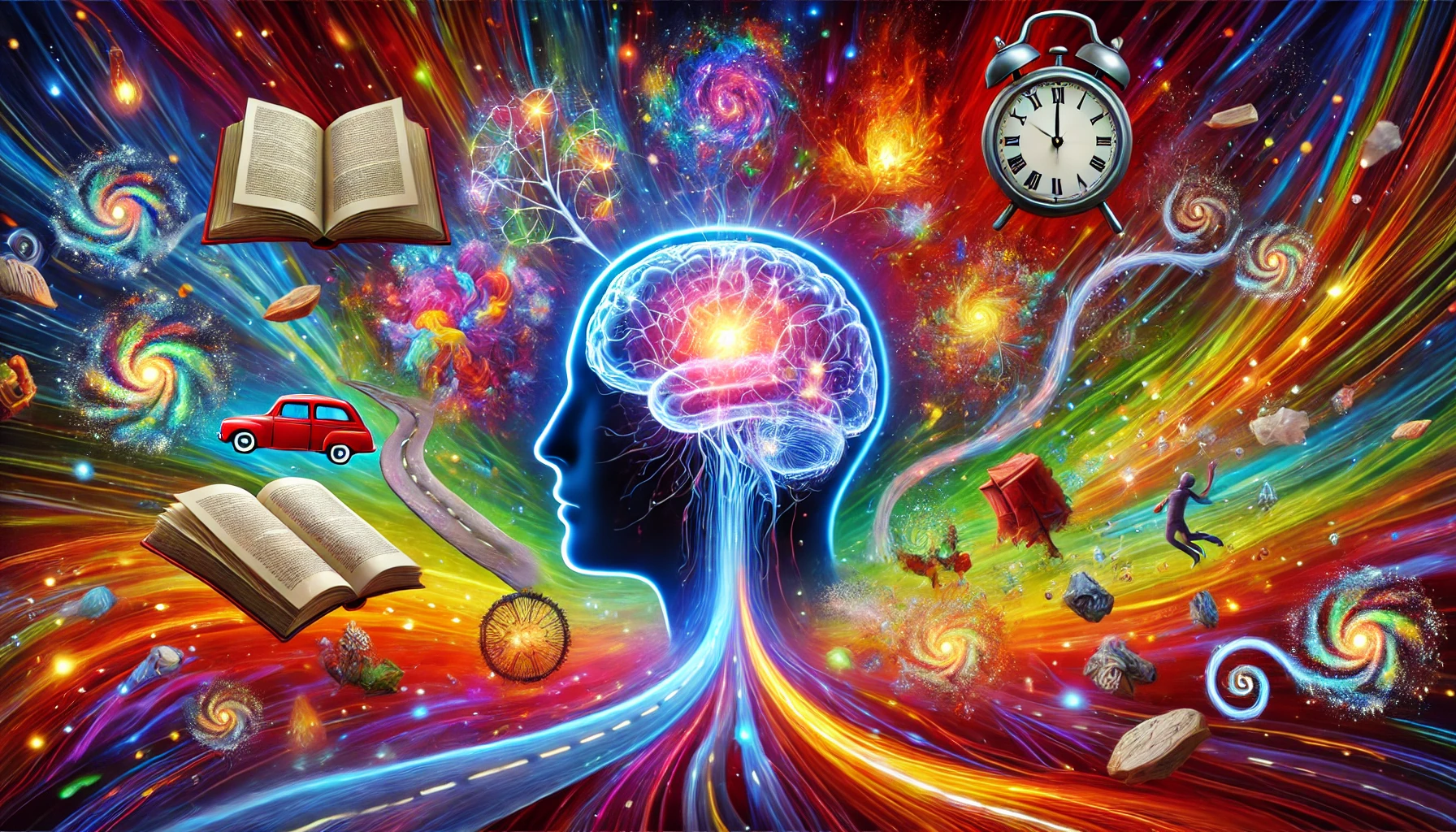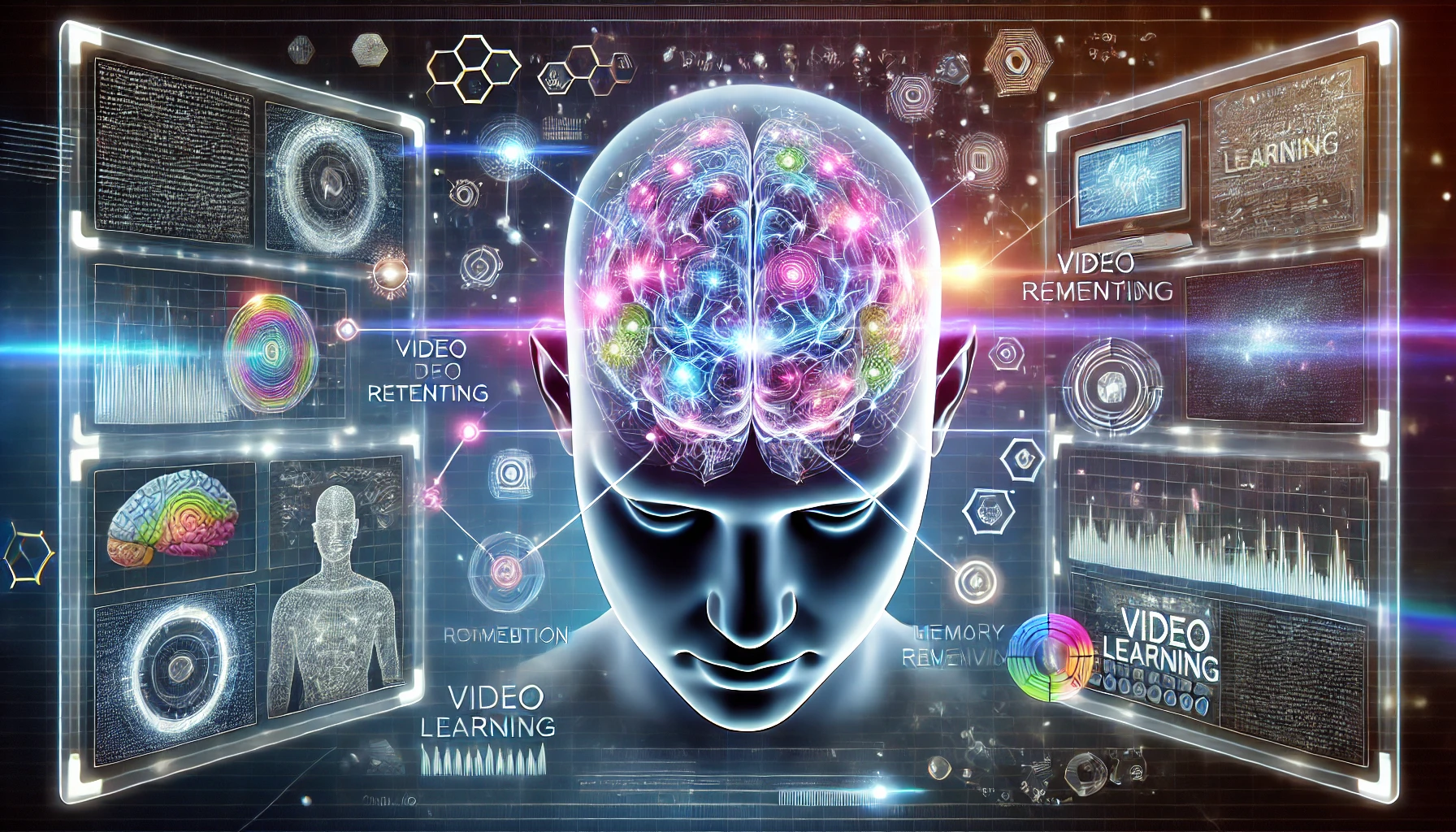Picture this: a classroom frozen in time, where the only adventure is a journey from the front of the room to the dusty corners of a chalkboard. This isn’t just a classroom; it’s a time capsule, an echo of days when textbooks were the only source of knowledge and a teacher’s voice was the sole soundtrack. Welcome to traditional education, where the menu is set, and everyone is expected to feast on the same bland dish. But hold on, why are we stuck in this educational Groundhog Day when the world outside is buzzing like a city that never sleeps?
Enter the rebel, the game-changer: Howard Gardner, swinging the doors open with his theory of multiple intelligences. Imagine acknowledging that we’re not all cut from the same intellectual cloth! Yet, traditional classrooms remain fixated on a one-size-fits-all approach, like trying to fit square pegs into round holes. Why? Because changing course would mean rewriting the playbook, and that’s a challenge that many are hesitant to take on.
Now, let’s talk about the elephant in the room—engagement, or the lack thereof. Traditional education is like watching a black-and-white TV in an age of virtual reality. With attention spans now shorter than a goldfish’s, thank you very much, Microsoft (2015), we’re still banking on age-old methods that turn vibrant minds into snooze fests. Students today aren’t just bodies in a seat; they’re digital natives, thriving on interaction and feedback, not monotone monologues that fade into the background.
But wait, there’s more! We’re churning out memory champions who can recite dates and formulas with the best of them, but when it comes to thinking outside the box? Crickets. The World Economic Forum is practically shouting from the rooftops about the need for critical thinking and problem-solving skills. Yet, here we are, clinging to our flashcards and fill-in-the-blank tests, preparing students for a world as outdated as the flip phone.
And relevance? Don’t even get me started. Traditional education often feels like it’s floating in a vacuum, untethered from the real world. Students are left wondering if there’s a hidden camera somewhere, capturing their bafflement as they ask the million-dollar question: “When am I ever going to use this?” The disconnect is real, creating a chasm between education and engagement.
So, what’s the verdict? It’s time for a revolution, a seismic shift in the way we approach learning. The future is knocking loud and clear, with a suitcase full of interactive technologies, personalized learning paths, and teaching methods as dynamic as the world around us: think EduTainment! Let’s not just turn the page on traditional education—let’s rewrite the entire book. It’s time to unleash the full spectrum of human potential to ignite the sparks of curiosity and innovation. The old school is out, and the new era of learning is in. Class may be dismissed, but real education is just beginning. Let the learning renaissance commence!




